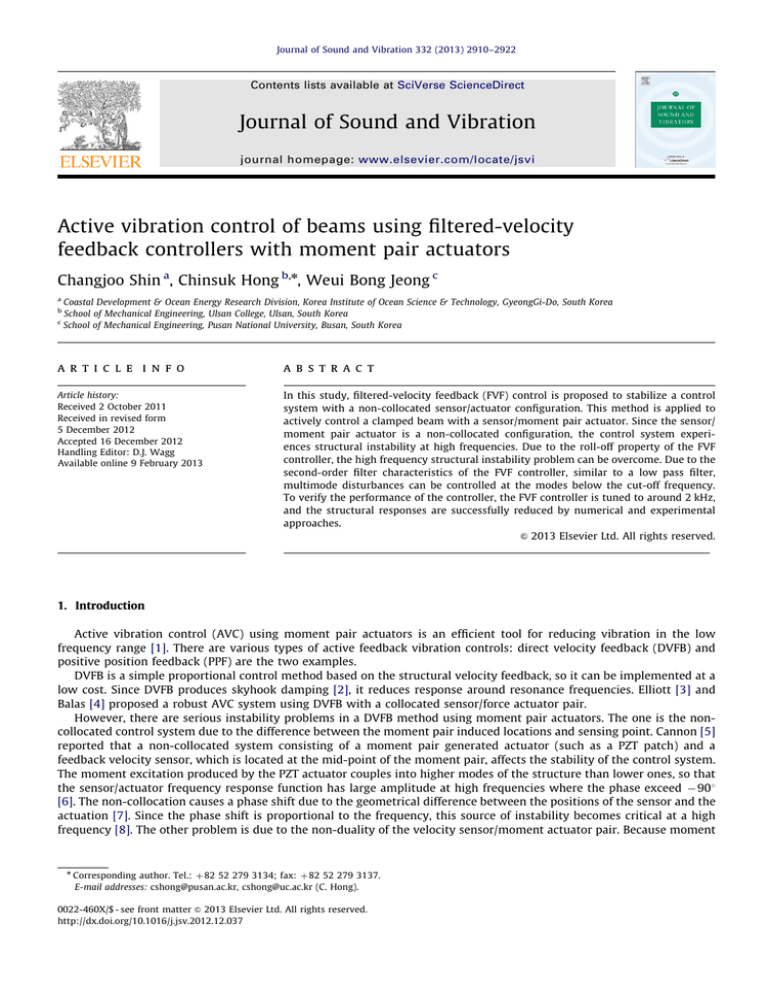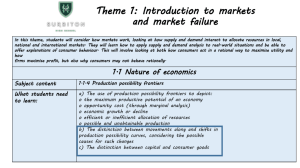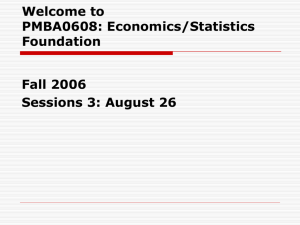
Journal of Sound and Vibration 332 (2013) 2910–2922
Contents lists available at SciVerse ScienceDirect
Journal of Sound and Vibration
journal homepage: www.elsevier.com/locate/jsvi
Active vibration control of beams using filtered-velocity
feedback controllers with moment pair actuators
Changjoo Shin a, Chinsuk Hong b,n, Weui Bong Jeong c
a
b
c
Coastal Development & Ocean Energy Research Division, Korea Institute of Ocean Science & Technology, GyeongGi-Do, South Korea
School of Mechanical Engineering, Ulsan College, Ulsan, South Korea
School of Mechanical Engineering, Pusan National University, Busan, South Korea
a r t i c l e in f o
abstract
Article history:
Received 2 October 2011
Received in revised form
5 December 2012
Accepted 16 December 2012
Handling Editor: D.J. Wagg
Available online 9 February 2013
In this study, filtered-velocity feedback (FVF) control is proposed to stabilize a control
system with a non-collocated sensor/actuator configuration. This method is applied to
actively control a clamped beam with a sensor/moment pair actuator. Since the sensor/
moment pair actuator is a non-collocated configuration, the control system experiences structural instability at high frequencies. Due to the roll-off property of the FVF
controller, the high frequency structural instability problem can be overcome. Due to the
second-order filter characteristics of the FVF controller, similar to a low pass filter,
multimode disturbances can be controlled at the modes below the cut-off frequency.
To verify the performance of the controller, the FVF controller is tuned to around 2 kHz,
and the structural responses are successfully reduced by numerical and experimental
approaches.
& 2013 Elsevier Ltd. All rights reserved.
1. Introduction
Active vibration control (AVC) using moment pair actuators is an efficient tool for reducing vibration in the low
frequency range [1]. There are various types of active feedback vibration controls: direct velocity feedback (DVFB) and
positive position feedback (PPF) are the two examples.
DVFB is a simple proportional control method based on the structural velocity feedback, so it can be implemented at a
low cost. Since DVFB produces skyhook damping [2], it reduces response around resonance frequencies. Elliott [3] and
Balas [4] proposed a robust AVC system using DVFB with a collocated sensor/force actuator pair.
However, there are serious instability problems in a DVFB method using moment pair actuators. The one is the noncollocated control system due to the difference between the moment pair induced locations and sensing point. Cannon [5]
reported that a non-collocated system consisting of a moment pair generated actuator (such as a PZT patch) and a
feedback velocity sensor, which is located at the mid-point of the moment pair, affects the stability of the control system.
The moment excitation produced by the PZT actuator couples into higher modes of the structure than lower ones, so that
the sensor/actuator frequency response function has large amplitude at high frequencies where the phase exceed 901
[6]. The non-collocation causes a phase shift due to the geometrical difference between the positions of the sensor and the
actuation [7]. Since the phase shift is proportional to the frequency, this source of instability becomes critical at a high
frequency [8]. The other problem is due to the non-duality of the velocity sensor/moment actuator pair. Because moment
n
Corresponding author. Tel.: þ 82 52 279 3134; fax: þ 82 52 279 3137.
E-mail addresses: cshong@pusan.ac.kr, cshong@uc.ac.kr (C. Hong).
0022-460X/$ - see front matter & 2013 Elsevier Ltd. All rights reserved.
http://dx.doi.org/10.1016/j.jsv.2012.12.037
C. Shin et al. / Journal of Sound and Vibration 332 (2013) 2910–2922
2911
excitation would require an angular velocity at the point of excitation to satisfy the dual condition. Therefore, the non-dual
system has limits in the stability of the feedback loop [9]. And there are practical problems in this active control system
due to wax mounted accelerometers as sensors and lightly damped structure [10]. Because wax mounted accelerometers
have a mounting resonance of around 5 kHz and the phenomenon by a lightly damped internal resonance occurs at around
16 kHz. These tend to reduce the gain margin of the practical control system.
To solve this problem, Gardonio [11] proposed a phase lag compensator and applied it to a multichannel smart panel.
They found that the phase lag compensator improves the stability of the control system. Hong [12] found that honeycomb
structures have a low pass filter mechanism when DVFB control is implemented with the sensor and the moment pair
actuator placed on the opposite side of the plate. The low pass filter mechanism leads to roll-offs at high frequencies, and
thus, the control system yields the increase in the gain margin while remaining only conditionally stable. Hong [6] also
proposed a solution to improve the stability using triangularly shaped PZT actuators. They placed the triangular PZT
actuator at the end of a fixed beam to obtain a collocated configuration.
PPF control is an effective AVC method that helps to overcome the instability problem of the control system with the
non-collocated sensor/actuator configuration. PPF is proposed to suppress the vibration of large flexible structures [13,14].
The PPF controller is an electronically implemented dynamic absorber, which is commonly used to control resonant
vibration using an additional single degree of freedom system tuned to the structural resonance to be controlled. The
single degree of freedom system characteristics of PPF controller gives a low pass filtering behavior, leading to rapid rolloffs in the open loop transfer function at high frequencies [15]. The PPF controller tuned to the structural resonance
produces a high active damping. The PPF controller having the rapid roll-offs at high frequencies removes the control
system instability due to the non-collocation of sensor/actuator. The tuning scheme of PPF controller leads to good
performance, and its low pass filtering ensures the system stability.
However, PPF controllers can achieve reduction performance only at the tuning frequency. This leads to a problem that
multiple PPF controllers are needed to control multimode disturbances [16]. Another problem, we should notice, is that
when designing the multiple PPF controllers, a PPF controller tuned to a higher mode (e.g. the second or higher mode)
influences the response at the resonances lower than the tuning frequency [17]. The influence can be recognized by active
stiffness.
We, hence, consider a novel controller similar to a low pass filter, which can produce active damping at low frequencies,
and, at the same time, can filter the high frequency response out. Since low pass filters cause phase distortion near the cutoff frequency, the low pass filter for the novel controller should be specially designed. The instability at high frequencies
due to the non-collocation can be alleviated by using the rapid roll-off property of PPF controller, and the reduction
performance in the interested frequency range can be achieved by using low pass filter property of the PPF controller,
together with the concept of DVFB controller, producing the active damping.
The combination of the features of PPF and DVFB leads to a filtered-velocity feedback (FVF) control. This FVF control
uses a filtered velocity signal with a low pass filter to cut off the effect of the instability sources at high frequencies. So the
FVF controller produces the skyhook damping of DVFB at low frequencies, and has the roll-off property of PPF at high
frequencies. In Section 2, the response of a clamped beam is formulated. In Section 3, the proposed FVF control system
is mathematically formulated. In Section 4, the effect of the design parameters of the FVF controllers on the stability
and performance of the controllers is examined. In Section 5, the FVF controller is implemented numerically and
experimentally. Finally, conclusions are given in Section 6.
2. Response of clamped beams
Consider a clamped beam as shown in Fig. 1. The equation of motion for the system can be obtained as [18]
EIð1 þ jZÞ
q4 w
q2 w
q
þ rA 2 ¼ f p dðxxp Þ þ T s ½dðxxs2 Þdðxxs1 Þ,
qx
qx4
qt
(1)
where E is Young’s modulus, I is the moment of inertia, r is the mass density, A is the cross-sectional area and Z is the loss
factor. In this paper, Z is expressed as an equivalent viscous damping with 2zsn , where the modal damping ratio zsn is set
constant for all modes. fp is the external force applied at xp and Ts is the control moment pair at xs1 and xs2. For harmonic
L
x s1
xs
xs 2
xp
z, w
x
fp
Ts
Fig. 1. A clamped beam subjected to an external force and a moment pair.
ID
288357
Title
Activevibrationcontrolofbeamsusingfiltered-velocityfeedbackcontrollerswithmomentpairactuators
http://fulltext.study/article/288357
http://FullText.Study
Pages
13






